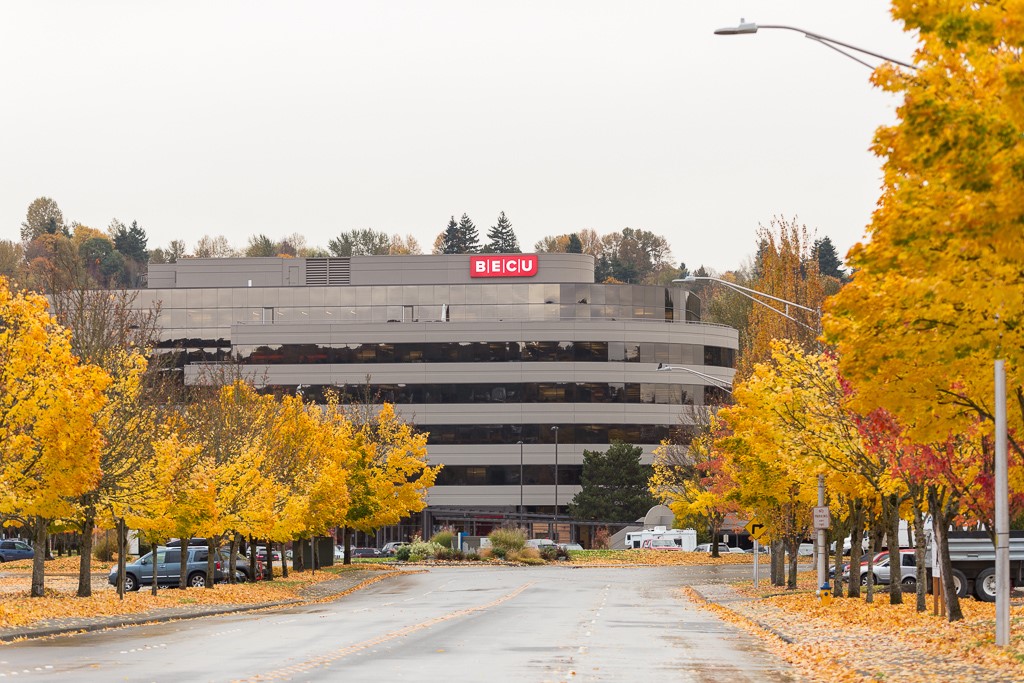 Source: AdobeStock
Source: AdobeStock
Inflation unexpectedly accelerated in September, leading credit union economists to predict the Fed will deepen economic misery by continuing with large rate hikes for the rest of the year.
The U.S. Bureau of Labor Statistics reported Thursday that the Consumer Price Index rose 0.4% from August to September, following a 0.1% increase in August and no change in July. September's index was 8.2% higher than a year earlier.
Recommended For You
"Price increases are not slowing down," CUNA Senior Economist Dawit Kebede said.
Kebede said housing, food, and medical care prices were major drivers.
"A persistent increase in housing, food and energy prices — which constitute over 50% of spending for the average consumer — is straining household budgets," Kebede said. "Low- and middle-income households are spending most of their income on these basic necessities despite recent increases in nominal wages."
 Dawit Kebede
Dawit Kebede NAFCU Chief Economist Curt Long said the size of the inflation spike was higher than expected. But the size might not worry the Federal Open Market Committee (FOMC) as much as that prices are rising at a faster rate among a widening array of goods and services.
Long and Kebede said they think the FOMC will raise rates by 75 basis points when it next meets Nov. 1-2. Long said a 50 bps hike is likely after its Dec. 13-14 meeting.
 Curt Long
Curt Long Kebede said a 75 bps increase would be the fourth this year.
"Members of the Federal Open Market Committee believe that a softening labor market and low economic growth will reduce the pressure on inflation. This would cause more pain for low- and middle-income households as they are among the first to be affected by rising unemployment," Kebede said.
Long said September's inflation was moderated as gasoline prices fell for the fourth month in a row, but he said those prices might begin rising again because of OPEC Plus's decision Oct. 5 to cut oil production by two million barrels a day.
Moreover, the Fed pays particular attention to core inflation, which excludes the volatile food and energy categories. Core inflation rose 0.6% in August, the same rate as July. It's up 6.6% in the past 12 months.
One of the biggest contributors has been housing. The cost of rent and the homeowner's equivalent of rent have been rising at similar rates this year. The combined BLS category called "shelter" showed prices rose 0.7% in September, the same rate as August. The cost of shelter has risen 6.6% over the past 12 months.
"The cost of shelter in September reached the highest monthly growth rate in over 30 years," Long said. "Rental prices are falling, but since the shelter index operates on a lag, it will likely not reflect current trends until early 2023."
Even mobile homes have been getting more expensive. A Lending Tree study of the Census data released Tuesday found half of the nation's mobile homes were worth more than $61,400 in 2021, the latest year available. That median price was up 35.6% from 2016, and it was $220,000 less than the median value of all single-family homes, which have risen a similar 35.4% over the five years.
While shelter is weighted to account for nearly a third of each month's inflation index, prices for new cars and used cars are each weighted to account for about 4% of each month's inflation index.
Inflation on used cars has been ebbing. Prices fell 1.1% in September, following drops of 0.1% in August and 0.4% in July. For the year, used car inflation is 7.2%.
However, inflation has been above average this year for new cars. Their prices were up 0.7% in September, down from 0.8% in August. For the year, they're up 9.4%.
Cox Automotive's Kelley Blue Book found the average transaction price for a new vehicle was $48,094 in September — 0.3% lower than August's record $48,240, but 6.1% higher than the $45,319 ATP in September 2021.
But Rebecca Rydzewski, research manager of economic and industry insights for Cox Automotive Kelley Blue Book, said September marked a record 16th straight month that new-vehicle ATPs were higher than the average manufacturer's suggested retail price (MSRP), also known as the sticker price.
"Interest rates and average monthly payments were up in September, which means affordability worsened," Rydzewski said. "With prices still well above MSRP and incentives from automakers still low, sales in September continued to struggle as consumers weighed their vehicle-buying options."
On Thursday, Cox Automotive reported that inventories rose and sticker prices fell on new cars in September.
New-vehicle inventory closed September at 1.32 million vehicles — its highest level since early June 2021, while the average listing price for new vehicles fell to $46,294 — the lowest point in two months.
"Supply is improving but demand is staying strong so we're still not back to inventory levels of years past," Cox Automotive Senior Economist Charlie Chesbrough said. "Despite elevated vehicle prices, soaring interest rates and high inflation, we see no signs that demand is falling off, at least, not yet."
© Touchpoint Markets, All Rights Reserved. Request academic re-use from www.copyright.com. All other uses, submit a request to [email protected]. For more inforrmation visit Asset & Logo Licensing.







